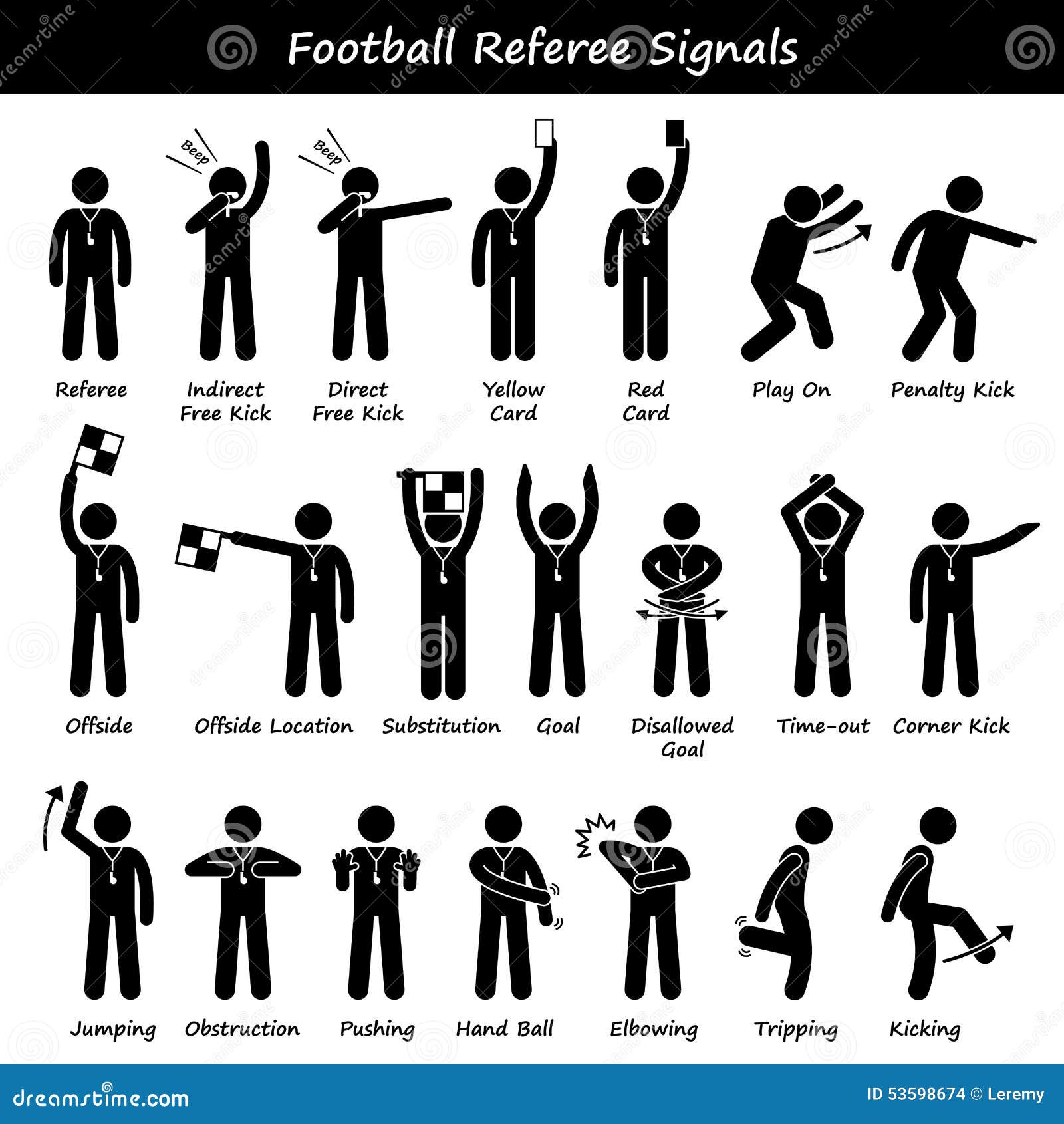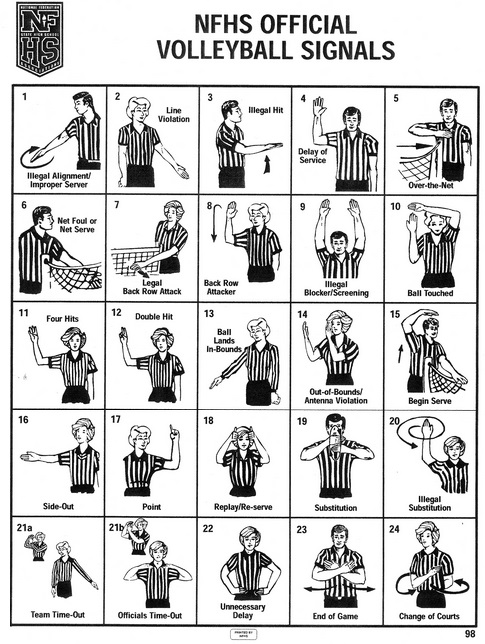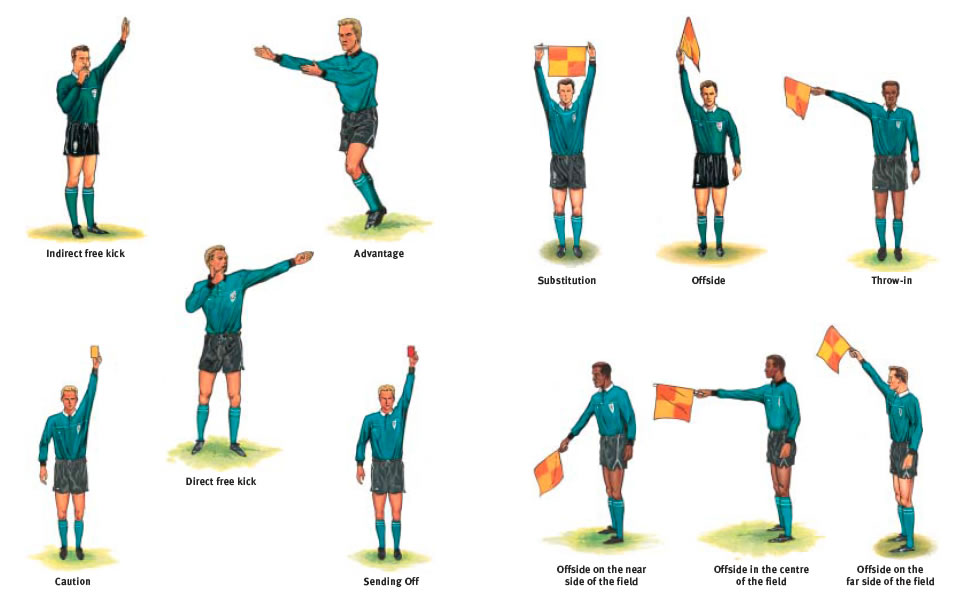

Four fingers show that position four will attack. Your pinkie and index finger show the same but then for the back row.

Photo by Érik González Guerrero on Unsplashġ4/ Reserve: Both teams made a mistake and the point is replayed. If they do it twice, the referee awards the point and shows the number 2 with his or her other hand.ġ1/ Out of bound (or antenna violation): The point is awarded and the referee holds their arms vertical.ġ2/ Begin serve: the arm is extended to the team that has to serve and then it is folded back to the other side of the court.ġ3/ Substitution: both hands are turned around each other. Four hits or touches: 4 fingers are shown by the referee Photo by Sincerely Media on Unsplashġ0/ Double hit: one player can only touch the ball once. The point is awarded and then with the other hand, the referee shows the number four. If you do a fourth time, your team makes a mistake. Then the hand is pushed down on the side of the team that made the error (similar movement as dribbling).Ĩ/ Illegal block: the point is awarded and then the referee holds their hand up (as you would when someone is trying to rob you).ĩ/ Four hits: you are only allowed to touch the ball three times. Photo by Stephen Baker on Unsplashħ/ Illegal attack: the point is awarded to the other team (by stretching the arm towards the winning team). The other team gets a point by pointing to them and then the palm is held parallel to the net. This means that the other team touched the net in an illegal way.Ħ/ Net serve: the serve went in the net.

Photo by Diana Polekhina on Unsplashĥ/ Over the net (interference): the point is awarded and the arm is held in a horizontal position in front of the chest. The point is awarded and the hand is raised so that five fingers are shown. You shouldn’t cross the line with the ball and this violation shows you that a team did this.ģ/ Illegal hit: The point is awarded and then the referee lifts his or her arm palm up to chest height.Ĥ/ Delayed service: This means that the server made a mistake.

Then the index finger is pointed towards the line. 2/ Line violation: The point is awarded by stretching the arm towards the winning team.


 0 kommentar(er)
0 kommentar(er)
